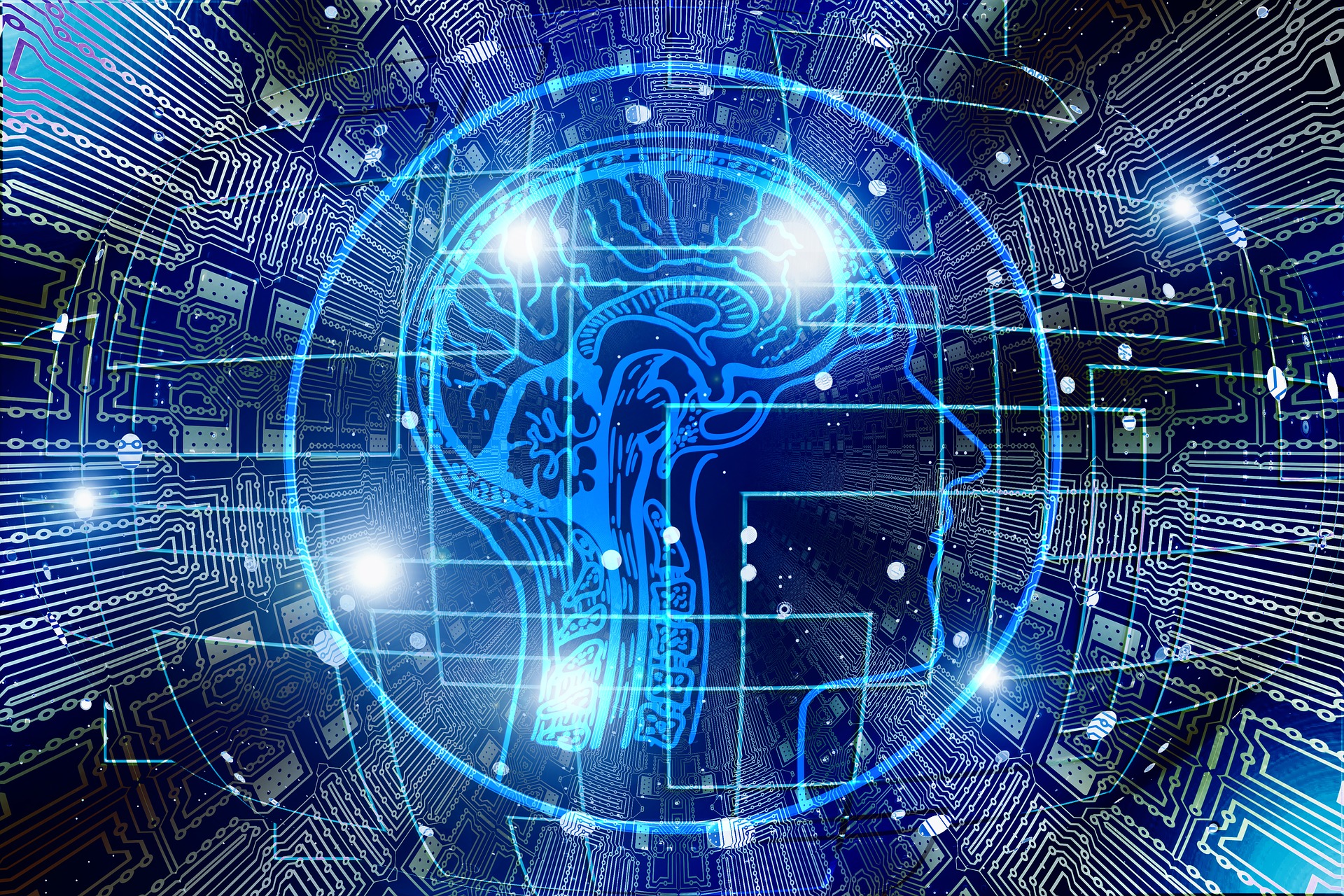How Artificial Intelligence is Improving Assistive Technology

By Matthew Lynch (The Tech Edvocate)
The advances in technology could mean more for society than just new educational technology and virtual reality video games. People with disabilities are finding innovative ways to put artificial intelligence to work with their current conditions. As the science improves, assistive technology will continue producing new and improved platforms to help create a better standard of living for those individuals.
Are you interested in the myriad of ways that assistive technology is changing with the improved status of artificial intelligence? These four examples should give you a great idea of what’s possible when you integrate these two fields.Robots are better caregivers than humans.
A human caregiver grows tired after a ten-hour shift. Their fallible minds are liable to forget an appointment, a medication, or even a meal if they aren’t paying close enough attention. By nature, humans are bound to get things wrong on occasion. Robots are far less likely to have the same general mishaps that humans have on a daily basis. With artificial intelligence, people with disabilities could have around-the-clock care from a robot that never grows tired or makes mistakes. Better yet, you wouldn’t have to pay your robot a dime after the initial investment.
People who are paralyzed might be able to walk.
Only a few years ago, individuals who were paralyzed expected to live out the rest of their days in a wheelchair. Artificial intelligence is coming far enough that it might even enable these people to walk. Scientists are working on a robotic exoskeleton that can help paralytics to walk on their own, relieving the constant pressure from the wheelchair. Right now, this technology is in the early stages and can’t accurately assist anyone. If we wait a few years, we might just get to see the lame walk once more.
People who are blind no longer need to see.
Reading and writing have always been difficult for individuals with significant visual impairment, including blindness. Artificial intelligence makes it more likely that they can still function normally with the invention of speech-to-text technology. People with a visual impairment can now dictate their own words in order to have them show up on the screen. Similarly, they can request information from their phones and devices without ever having to read a thing.
Assistive technology can help clean the house.
One of the major things that fall by the wayside when you have a disability is the state of your home. Not everyone can afford a housekeeper in addition to their daily caretaker, doctors, and medications. Now, you can take advantage of a free and built-in housekeeper with developing assistive technology that helps you to better clean your living spaces. The most popular example in this category is the robotic vacuum cleaner that traces its own pattern over your floor to suck up dust, pet hair, and dirt. This is one daily chore you can cross off your to-do list.
Assistive technology is growing each and every day, opening new doors for those with disabilities. Artificial intelligence is the driving force that created these bursts of innovation that are improving the daily standard of care for people with disabilities. They present a real solution to current problems with a reasonable budget that could be more cost-effective than the traditional alternative over time. Consider what this field might have to offer as researchers continue to refine the capabilities of artificial intelligence.

